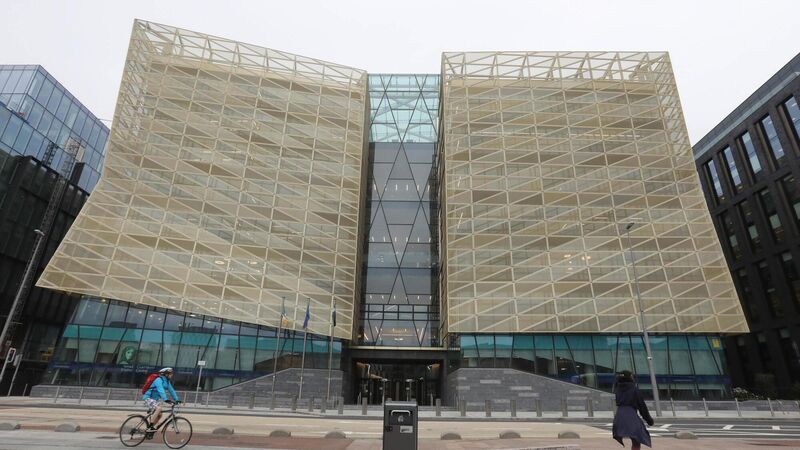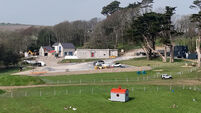High interest rates 'weigh on' economic growth

The Central Bank said it expected inflation to continue to decline, reaching 2.1% by 2025. Picture: Leah Farrell/Rollingnews.ie
The ongoing transmission of higher interest rates is going to “weigh on growth” in the economy over the coming years, which is already limited by capacity constraints mainly due to a tight labour market, the Central Bank of Ireland has said.
Following numerous interest rate hikes by the European Central Bank (ECB), inflation has started to come down — dropping to 3.9% in November.














